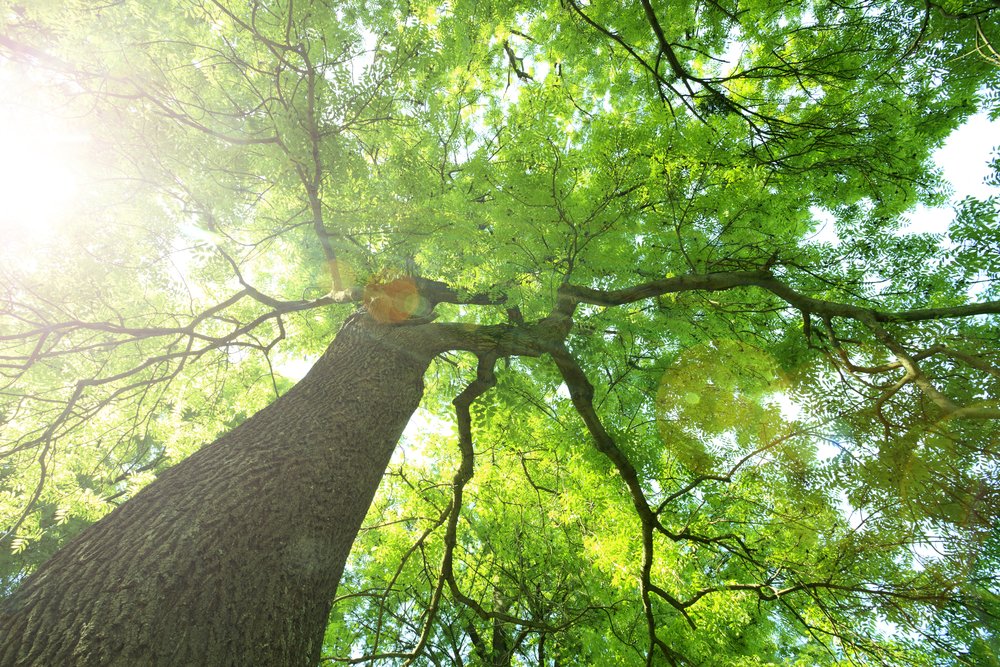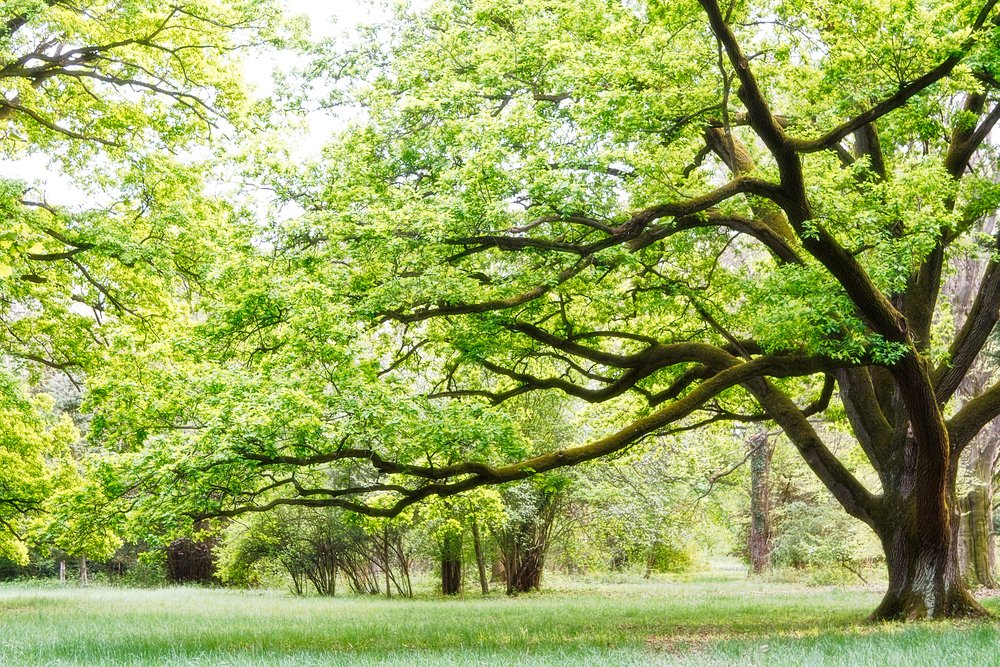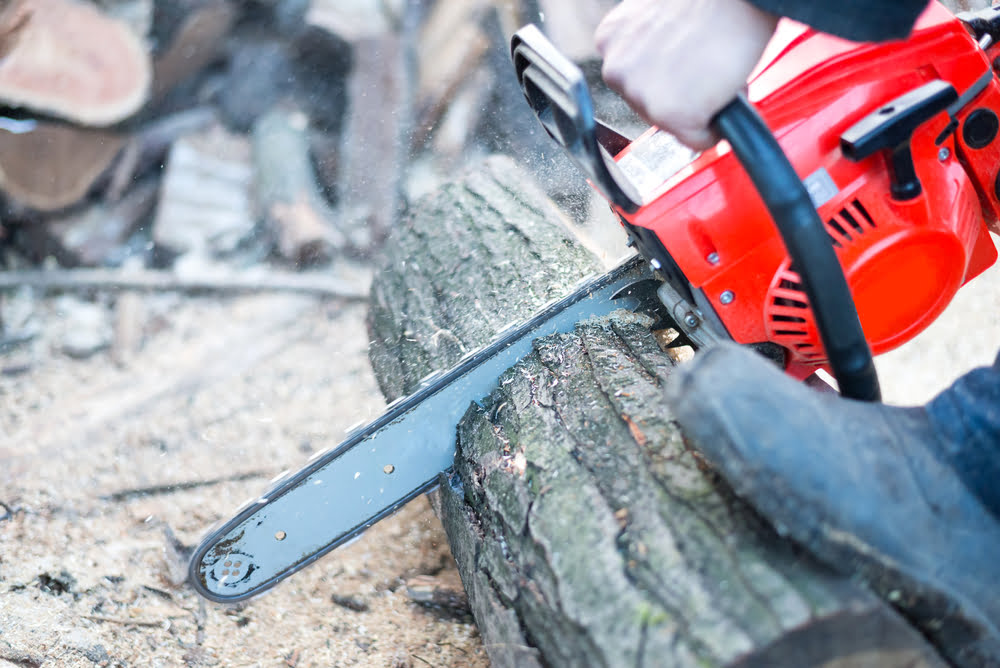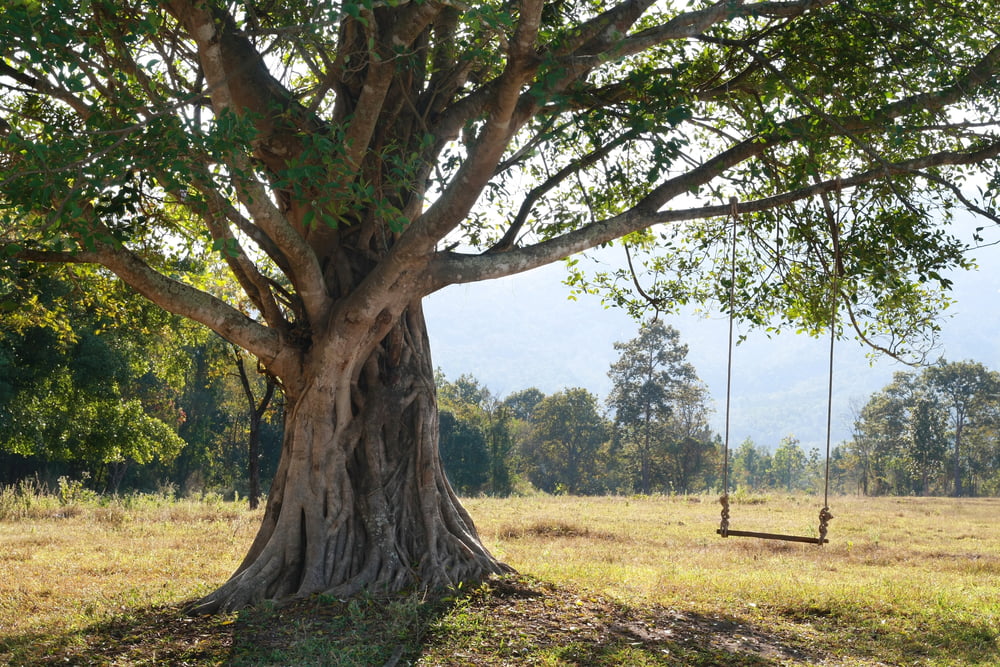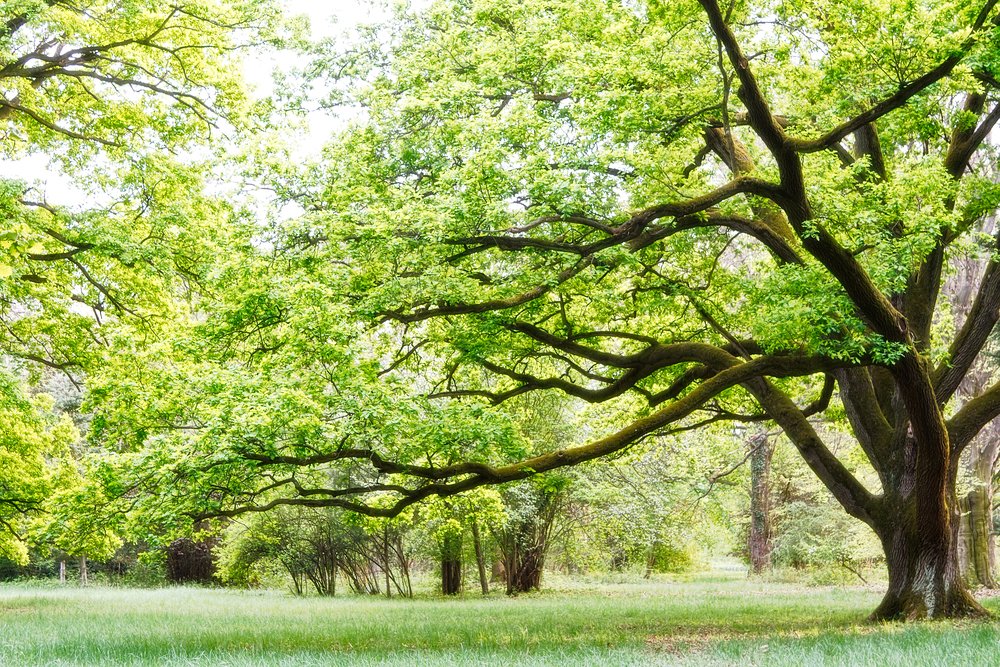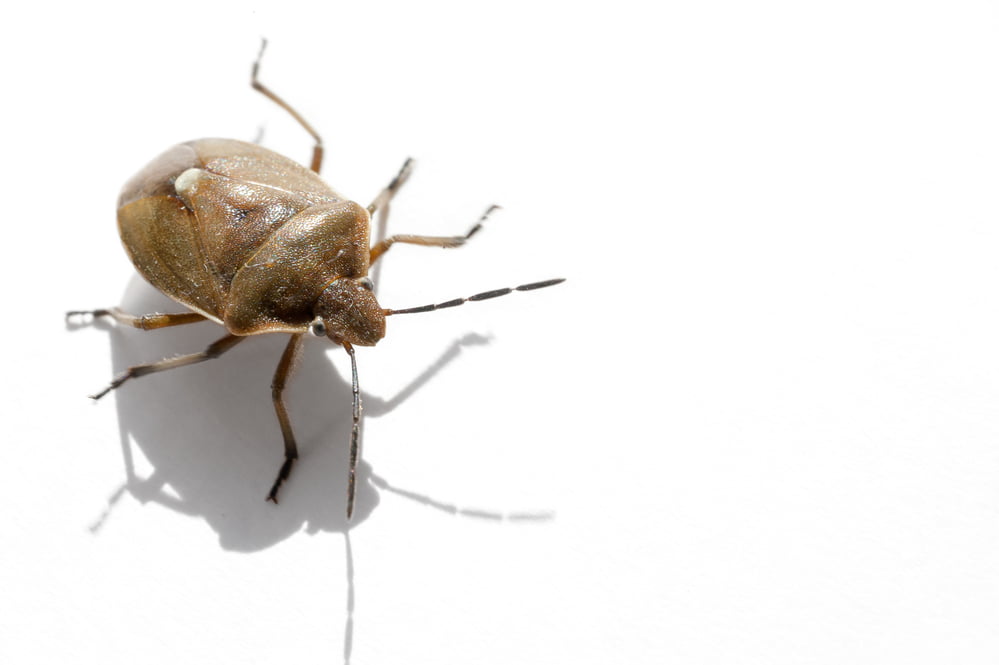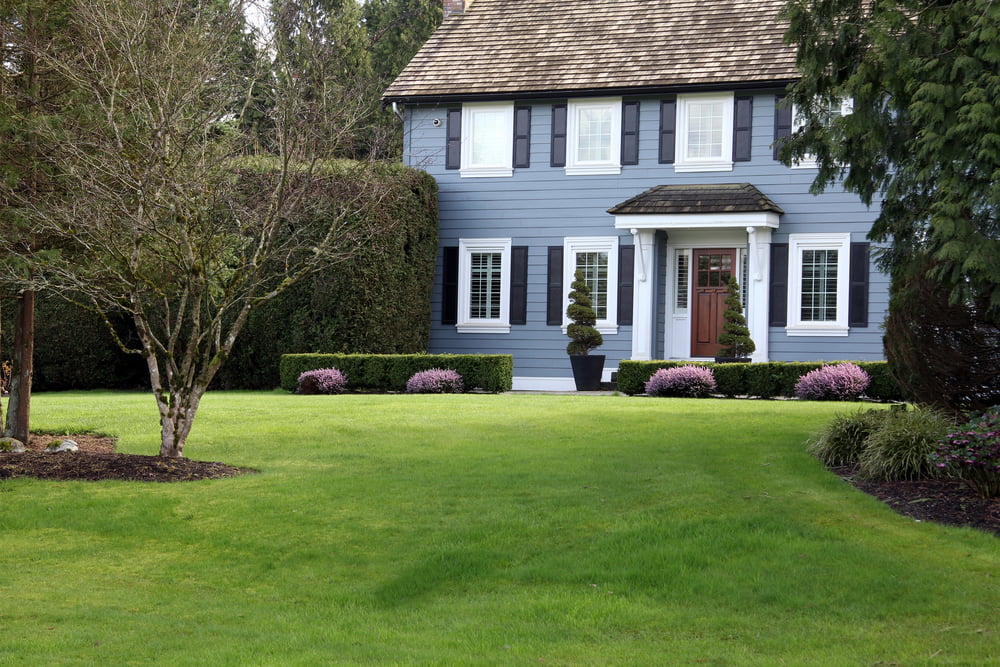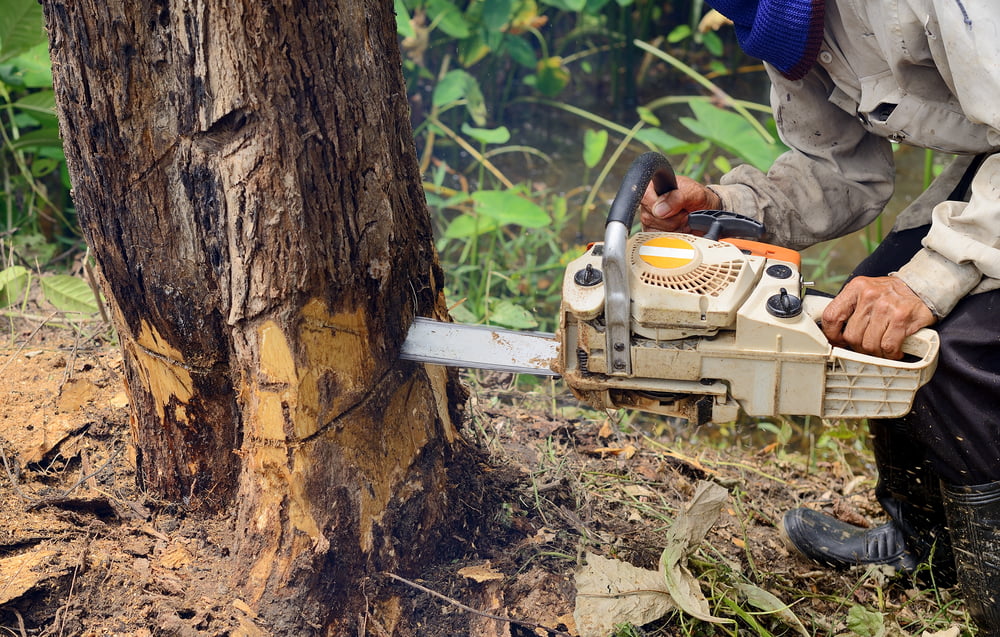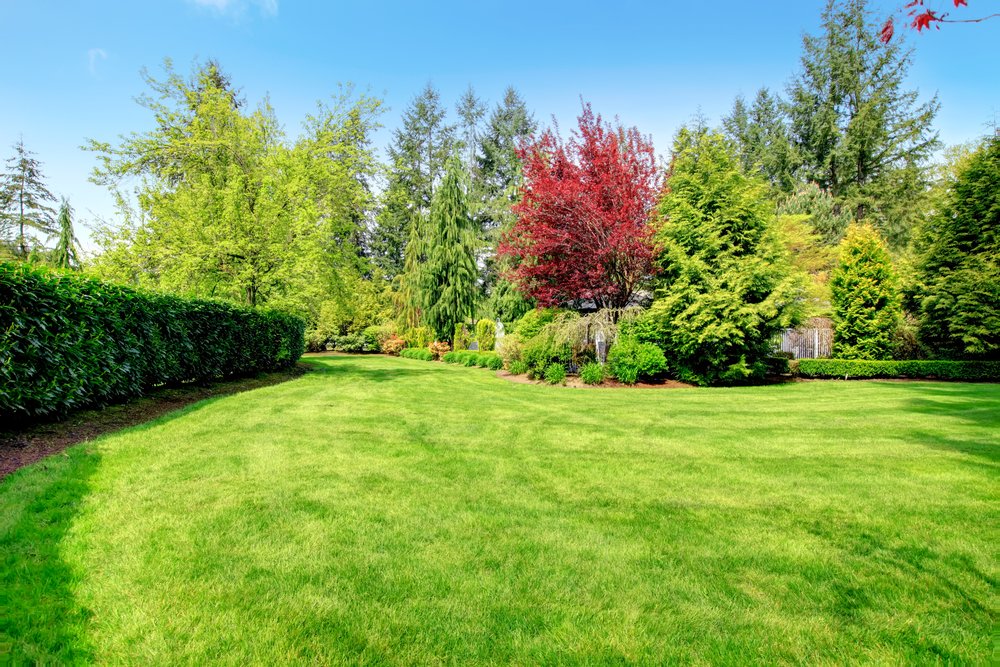A tree disease control service can help with a variety of problems, but getting help is even more important if your trees are affected by anthracnose.
Often referred to as twig, shoot or leaf blight, tree anthracnose is caused by a fungal infection. The disease thrives during extended periods of cool, wet weather and can be spread by watering. Without treatment, infected trees can become weaker, increasing the risk for insect infestation and permanent damage.
But with proper tree disease control, anthracnose can be managed and even prevented.
How to Identify Tree Anthracnose
Symptoms of anthracnose can vary depending on the plant host, the weather and what time of year the fungal infection occurs. To identify the disease, look for the following common signs:
- Leaves: Anthracnose generally appears as small, irregular tan or brown spots, often located close to the leaf veins. Infected leaves may also be curled or distorted. Left untreated, defoliation can occur.
- Branches: The tips of young twigs can be killed by this tree disease. The lower and inner branches are most often affected, but the blight can spread further up the trunk to reach the higher limbs.
- Fruit: On fruit trees are infected with anthracnose, the disease creates small, dark sunken spots on the crops. Eventually, the fruit begins to rot.
How to Manage Tree Anthracnose
Once the symptoms of anthracnose become severe, the tree’s disease is difficult to control during the current growing season.
Arborists recommend raking and disposing of fallen twigs and leaves promptly to stop the infection from spreading to nearby trees and plants. When winter arrives, prune to remove infected branches and increase canopy air circulation.
For trees that have been defoliated, protective fungicide application may be beneficial. Complete coverage for large trees typically requires high-pressure spraying equipment, and for safety, a local certified arborist to complete the job.
Tips to Prevent Tree Anthracnose
Preventing tree anthracnose isn’t always possible, but the following tips may help:
- Avoid planting high-risk trees. Some deciduous hardwoods, including ash, elm, birch and oak trees, are more susceptible to the fungal pathogens that cause anthracnose.
- Plant trees in well-drained soil that’s enriched to help resist tree disease.
- Make sure sprinklers and irrigation systems are directed away from the canopies of your landscaping trees. Wet leaves promote anthracnose development.
If you suspect your trees may have anthracnose or another problem, contact the certified arborists at Reliable Tree Care in Salt Lake City. We have the expertise to offer effective solutions and strategies for managing tree diseases found throughout northern Utah.
To schedule a no-cost, no-obligation evaluation with the Reliable Tree Care team, or to learn more about anthracnose and our comprehensive tree disease control services, contact our Murray, Utah, office today.

